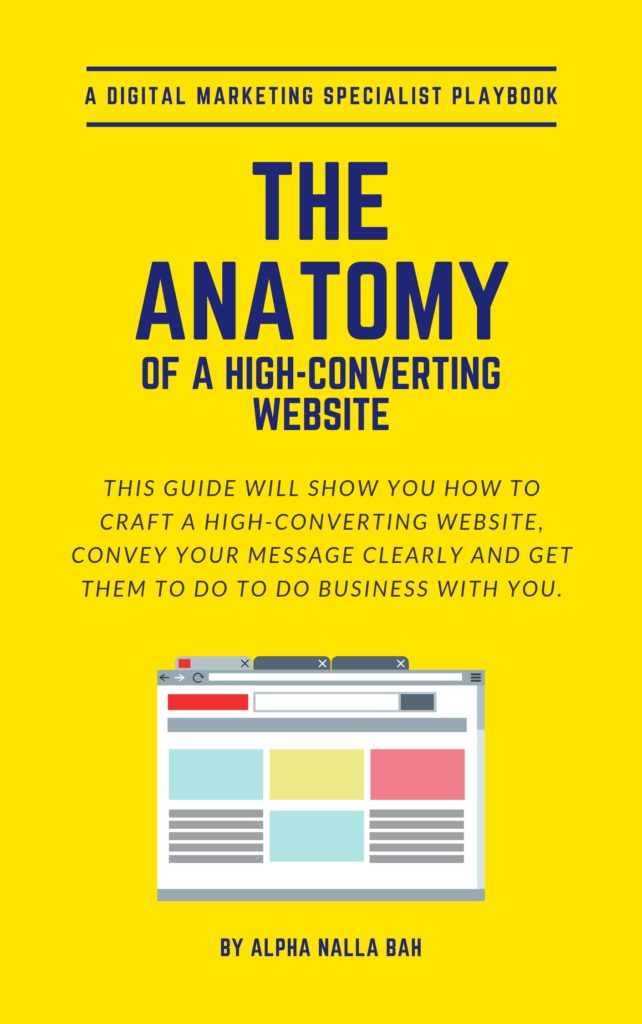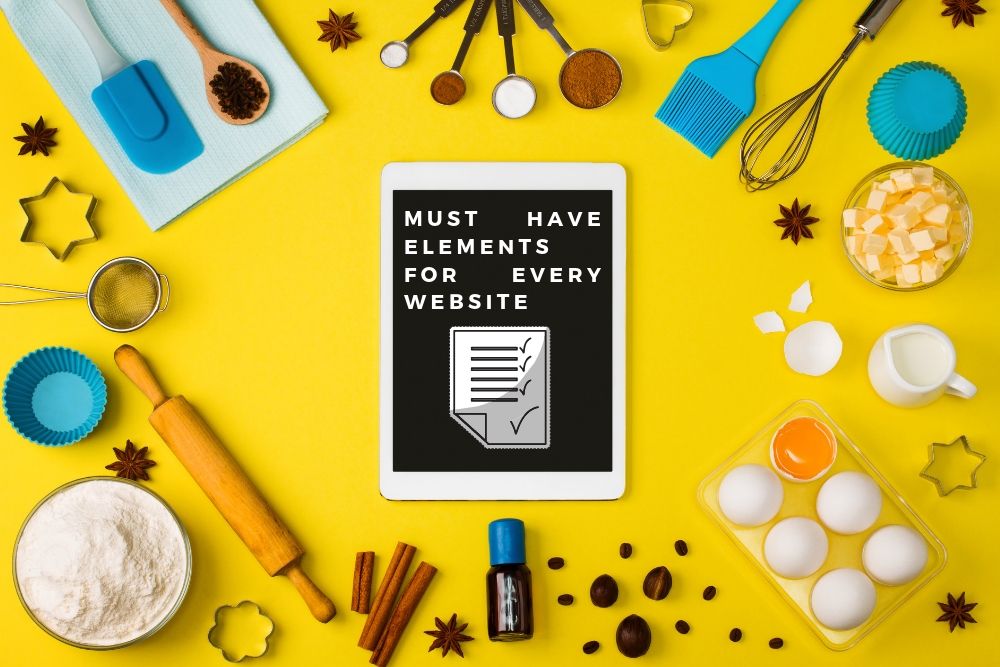All great websites have a few things in common. We look at these as the “Must-Have-Elements” every website should have.
Have you ever noticed that there are some websites that catch your attention immediately? Then, there are those that tend to put you off. The secret lies in understanding and applying these elements
Often, it could be two websites on the same subject, with the same content. But one of the website may have a better response compared to the other. Similarly, you may find that you spend a lot more time on certain websites than you initially intended.
Website creation and online marketing is partly an art and its partly a science. In fact, there are certain elements that every website must have to create the best effect for your online marketing. This article will show you the 10 most important ones.
1. Logical Website Navigation
Your website must have logical/intuitive navigability, and this is so important.
In fact, studies have proven that the human mind has a certain pattern in which it views websites. Generally, people tend to navigate quickly away from websites that don’t meet these guidelines. Consequently, these websites tend not to make a lot of sales.
Firstly, you must make sure that your website has all the relevant parts that your audience is expecting. This includes contact information, and about us page, etc. Secondly, your website absolutely must be easy to navigate. Finding the essential parts of it such as the services page or the contact us page should be extremely easy. Also, ensure to always have a menu at the top, as well as a search bar at the top. That makes it easy to find the most essential components.
2. Attractive Design
Sometimes people sacrifice navigability for design and vice versa, but it really should be a balance. This is because nice, attractive design speaks to your professionalism and makes people want to spend more time on your website. To get the design right, you must understand that every visual element counts, from your fonts to your choices of colors and the images you use.
3. Responsive Design
Additionally, more and more people are shifting away from using desktop devices to surf the internet. They tend to use mobile devices more and more. This presents some challenges to webmasters. Why? because websites appear differently on mobile than they do on desktop devices, and are often unpleasant to use.
The solution is to ensure that your websites are responsive. Responsive websites are able to alter the presentation of the elements of their web pages, depending on what device is being used to view them.
You can use this free Google Friendly Test Tool to find out if your website is mobile-friendly.
Responsive design is also a key feature of SEO, hence one of the must-have elements every single website shall abide by.
4. Great content and web copy
Conventional marketing wisdom states that content is king. And there is a good reason for this. Web content serves a number of different functions. Firstly, a website without content is like a house with no furniture. As you might imagine, visitors to such a house are not likely to stay very long. Similarly, visitors to your website probably won’t stay very long if you have no content to engage them.
However, quality comes first before quantity. You don’t just want to put anything with the objective to only have a lot of content. Make your content easy to consume, entertaining and educational-depending on the audience you serve.
Secondly, content helps people understand your products and service. Therefore, content can be used (if done effectively), to move people from having a general interest in your product to actually buying. Furthermore, like responsive design, good content is essential for SEO purposes.
More on Why Content Is Still King | 5 Ideas on how to create content
5. Call to Action buttons
Even if you get all the other elements right, you may still not maximize the sales potential of your website, achieve your ultimate goals if you do not include call-to-action buttons or statements. This is because a call-to-action is basically a short statement inviting your audience to take a specific action such as “buy now” or “order now”, etc.
If you have a product or service to sell, you’re going to increase your conversions by simply including a well-positioned call-to-action button. Otherwise, a lot of interested but undecided members of your audience will simple procrastinate taking action.
The rule of thumb when it comes to CTA is that the first one has to be placed above the fold. And the best way to find out is to visit your page from a mobile device, if you can see the CTA without the need to scroll down, then you’re good to go. This is also what really makes CTAs one of the must-have elements for every website
6. Testimonials
Putting testimonials on websites is a relatively recent practice, but it has become an absolutely essential one. Testimonials are basically statements of satisfaction from your past or present customers showing how happy they are with the work you have done or are doing for them. In today’s highly social and interconnected world, people are always looking to see if you have served others and if those people found your services satisfactory.
Testimonials should go right on the home page even though some people like to create a separate page for them. Also remember to publish the names, location and maybe the position held by the people giving you good testimonials, so that your audience can tell that they are authentic.
7. Lead Magnets
Lead magnets are a clever way to get more information about your audience or to convince them to undertake some particular low-cost action on your website. This is an important and very effective way of building email lists that allow you to continue to communicate with your audience and turn them into leads or conversions even after they have left your website. Consequently, you should devote some resources to creating valuable lead magnets.

Download this report and learn what are the secrets used to build high-converting websites.
8. Story Telling
More and more, being able to tell a story with or about your brand is a powerful tool you can use to drive your leads and conversions. A great place to place your story is in the “about us” section of your website. This creates a personal touch that increases the probability of people patronizing your brand over others.
9. FAQs Section
If you sell a technical service or product, or perhaps an innovative one, it’s a very good idea to have an FAQ section that addresses all the possible questions first-time users might have. This is so because it is understandable that a lot of people might have some reservations before making a purchase from businesses they haven’t purchased from before, and your FAQ section will help to put them at ease as well as assure them that you know what you’re doing.
10. Contact Information
Contact details are an intuitive feature that you must have on your website. If customers have no way to contact you from your website, then it’s just going to cost you money without bringing in any income, which you probably don’t want.
Another reason why contact details are important is that they could send local signals to search engines. This is important to help your website rank well for local searches.

